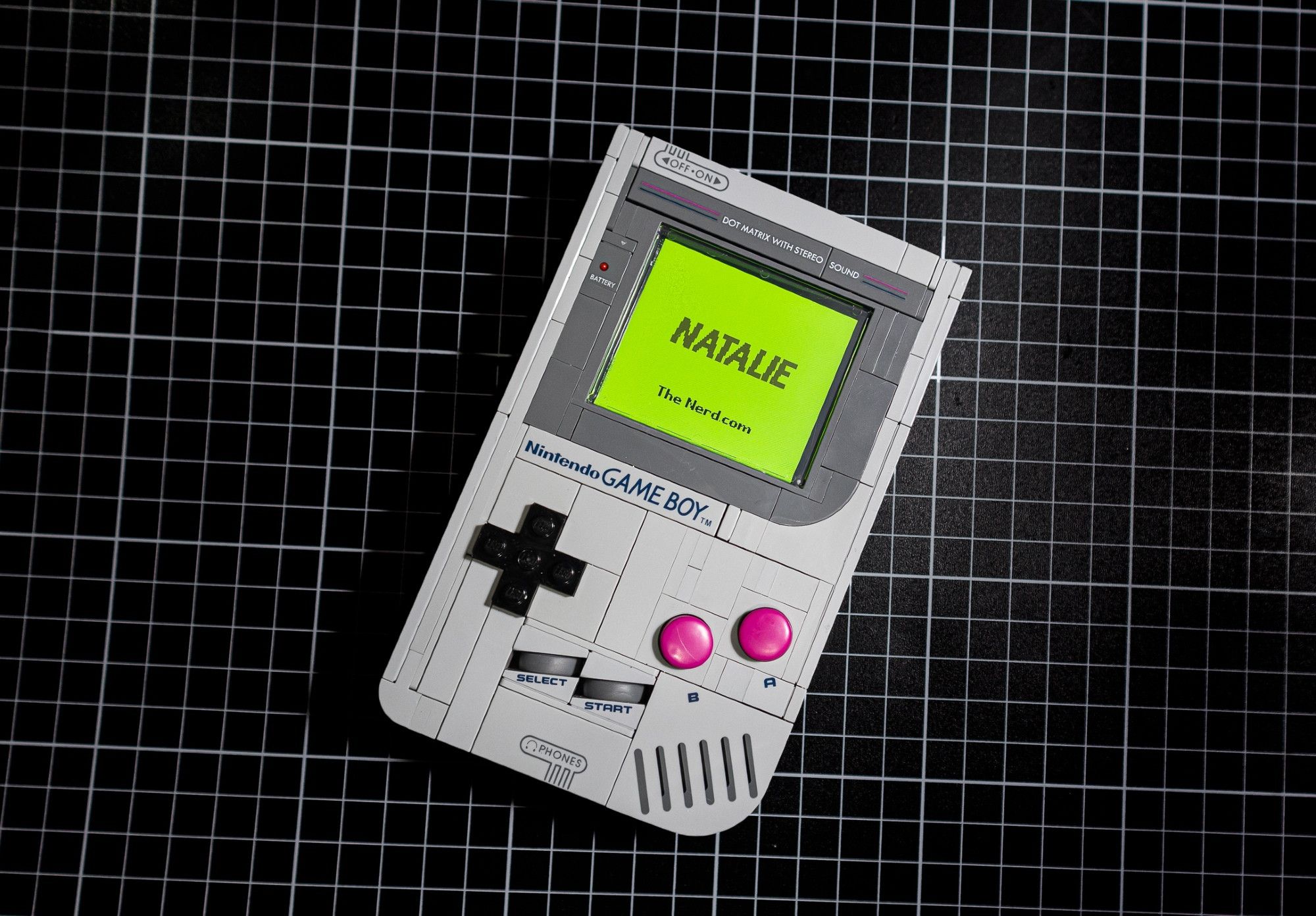Natalie the Nerd just changed the game for retro gaming enthusiasts. Her new Build A Boy kit transforms Lego's decorative Game Boy set into a fully functional handheld using authentic Nintendo chips harvested from Game Boy Pocket systems. The drop-in upgrade requires no soldering and launches through Crowd Supply in early 2026.
The race to make Lego's Game Boy set play actual games ended before it began. Natalie the Nerd revealed her working prototype the same day the official set launched, and now she's turning that viral moment into a full product line. The maker is partnering with Crowd Supply to commercialize her Build A Boy upgrade kits, targeting early 2026 for launch. Her approach stands apart from other projects by using authentic Nintendo hardware rather than emulation. "I am aiming for $99 USD but y'know how the world is at the moment," she tells The Verge, referencing tariff uncertainties that could affect pricing. The Build A Boy represents a fascinating convergence of nostalgia, engineering constraints, and maker culture. At its heart sits an actual Game Boy Pocket CPU, the same Sharp LR35902 processor that powered millions of handheld gaming sessions in the 1990s. Natalie sources these chips from damaged Game Boy Pockets bought in bulk, calling them the "unloved sibling" of Nintendo's handheld family. Her custom board cramming Game Boy internals into Lego dimensions showcases impressive miniaturization. The 2.7-inch 320x320 display doubles the original's 160x144 resolution while maintaining aspect ratio. Working switches hide behind Lego buttons and D-pad for authentic tactile feedback. A rechargeable battery and USB-C charging modernize the experience without compromising the nostalgic appeal. "This won't be something you'll want to play every day," Natalie warns, acknowledging the inherent limitations of building electronics into decorative bricks. But for collectors and enthusiasts, authentic hardware trumps convenience. The project faces real supply constraints. Natalie doubts she can source enough donor systems to meet potential demand, though she's offering multiple tiers to address this. A $60 version requires customers to provide their own CPU and RAM from donor systems. A DIY kit serves "soldering iron pros" who want to assemble everything themselves. She's considering optional upgrades like a glass lens to replace plastic screen cover and exploring video output options, potentially over Wi-Fi to avoid performance impacts. The Build A Boy won't have a Link Cable port for multiplayer - "I don't personally care for the link port," she admits - but plans to leave pinouts for modders who want to add their own. Competition is emerging in this niche space. Modder has created a Game Boy Color version requiring extensive Lego shell modifications, though he's uncertain about commercial availability. The launching on Kickstarter October 28th takes an emulation approach, potentially offering easier sourcing and lower costs without authentic hardware. These projects highlight how modern maker culture intersects with corporate nostalgia products. created a beautiful but non-functional tribute to classic gaming. Independent makers are adding the missing functionality, creating products the original companies never envisioned. The timing couldn't be better for retro gaming hardware. Vintage systems command premium prices, while new handhelds like Analogue Pocket satisfy demand for modern takes on classic designs. The Build A Boy occupies a unique middle ground - authentic vintage silicon in a contemporary package.










